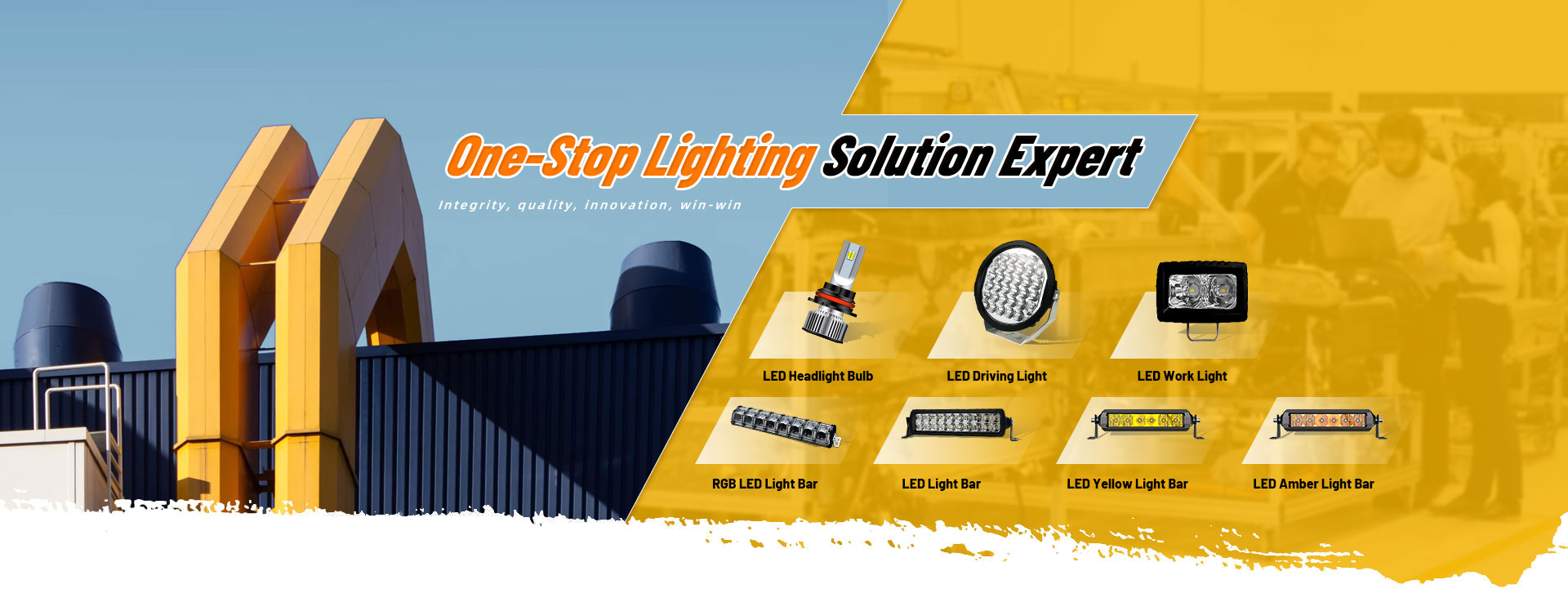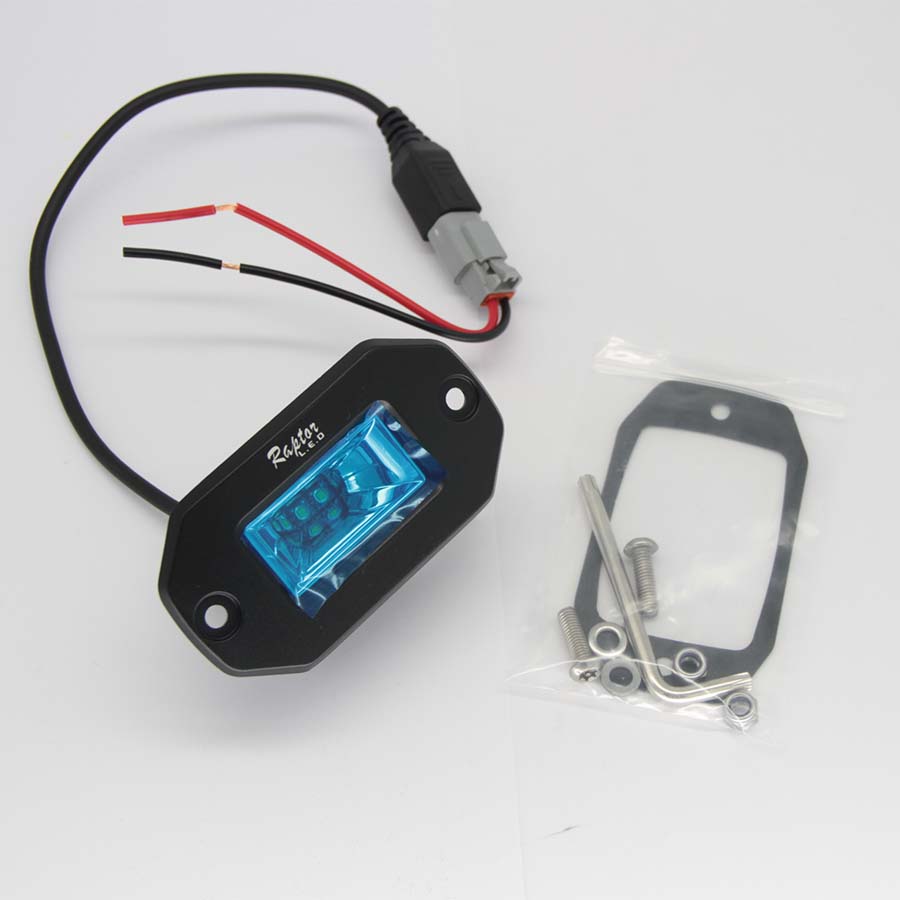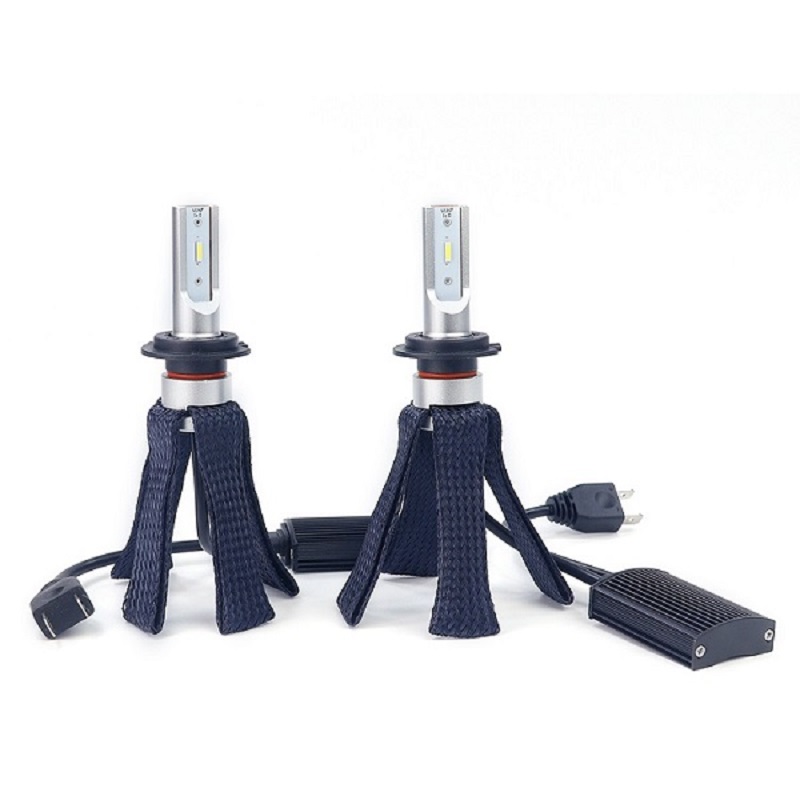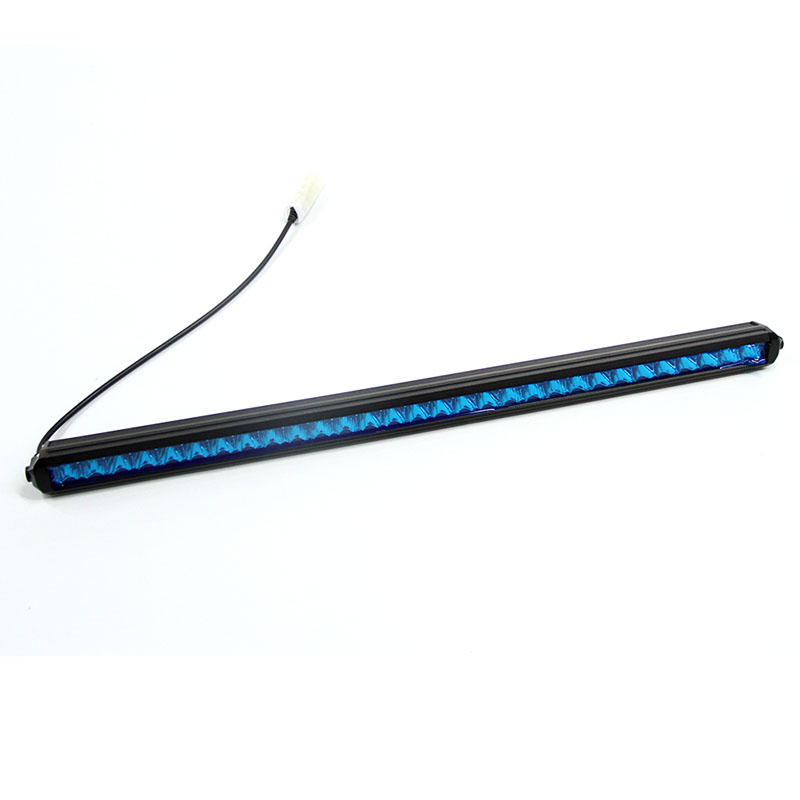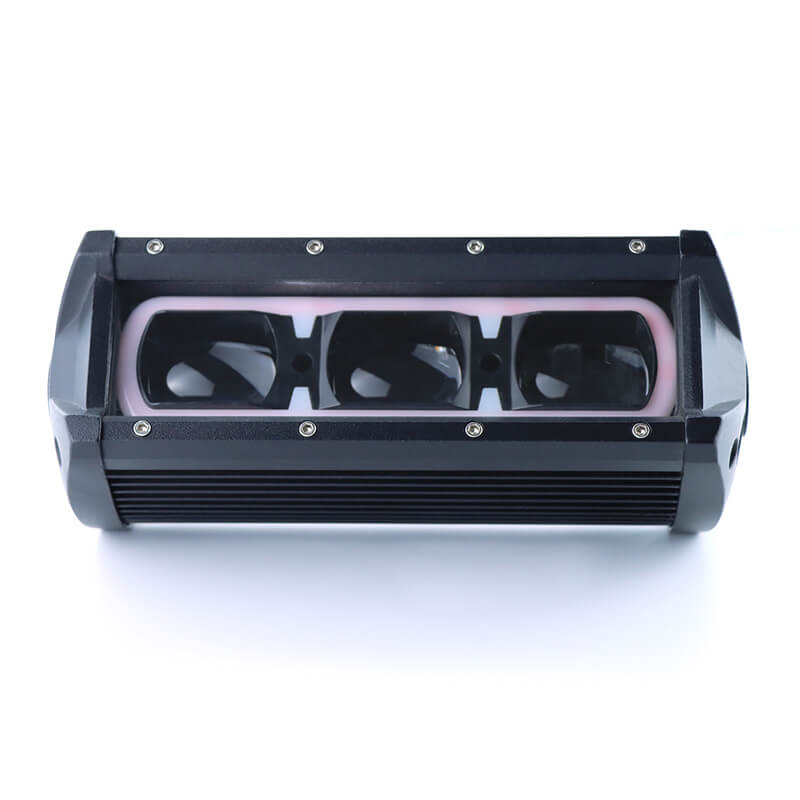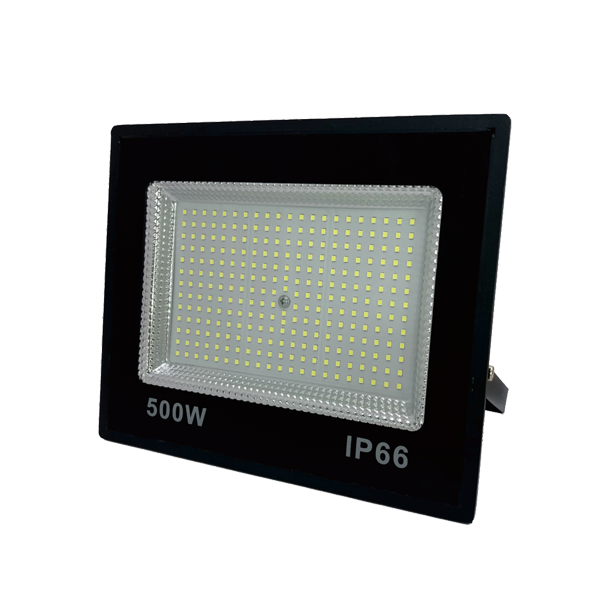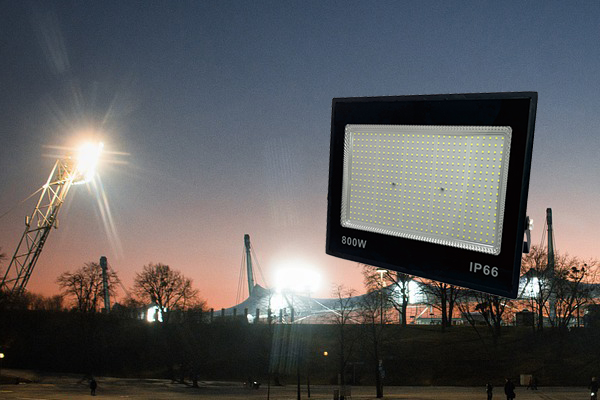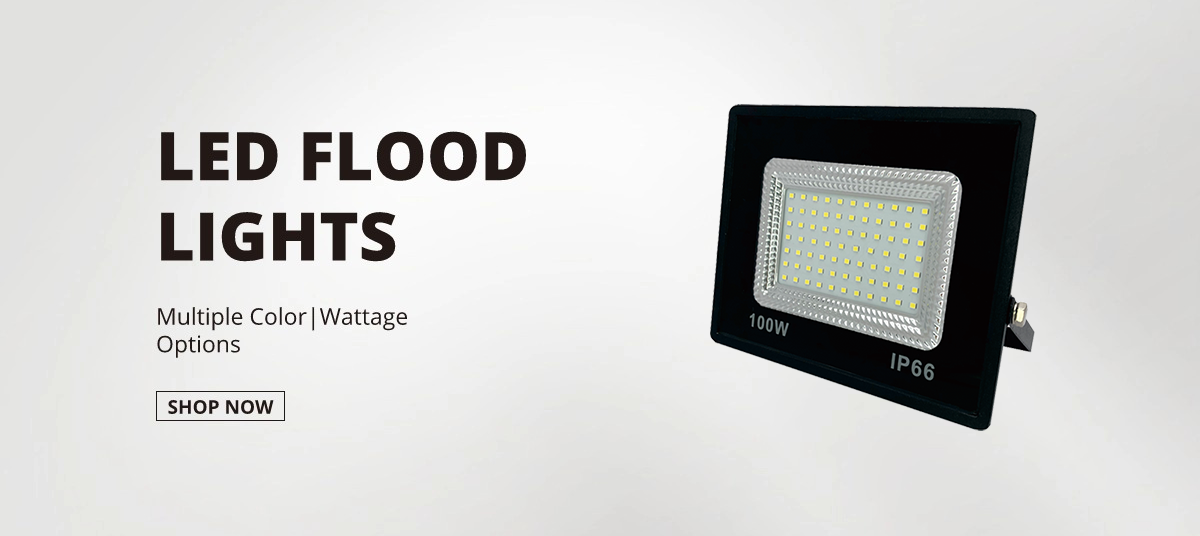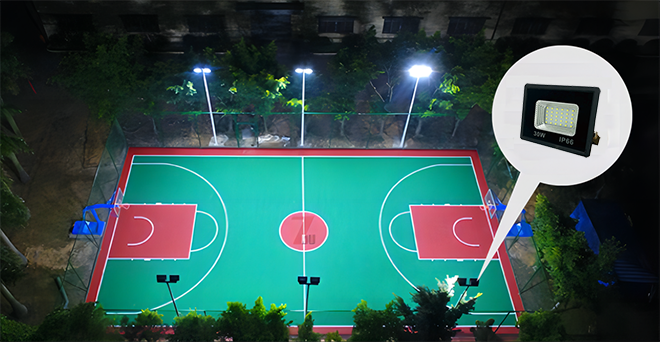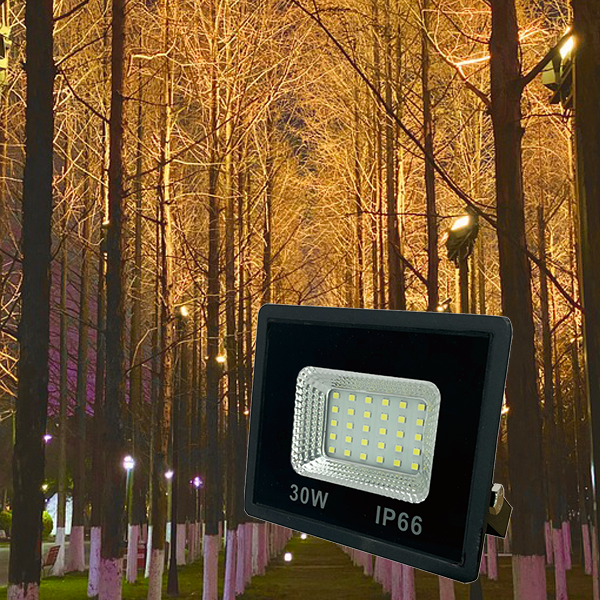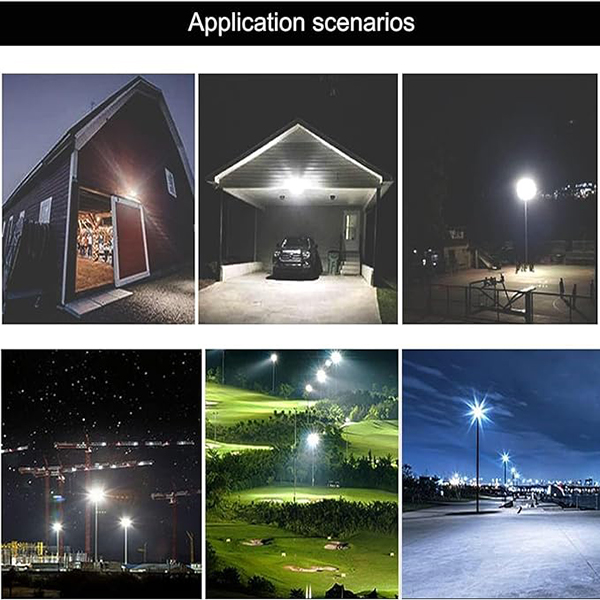If your LED car light are too dim, there are a couple of things you can try. First, you can double check your settings to ensure that you have set them correctly. Most new headlights automatically adjust to the correct brightness, but if yours are too dim, you might need to check your settings again.
Excess heat
One of the most common causes of LED headlights dimming is excessive heat. Heat is a major enemy of LED headlights because it destroys the bulbs quickly. Unlike traditional halogen or HID bulbs, which can easily die because of excess heat, LEDs will only dim if they get too hot. Excess heat may also affect other components in the headlight.
LED fixtures can also become overheated if they're not properly ventilated. High humidity can damage LEDs, and heat can cause them to burn out prematurely. LEDs need a consistent power source between specific operating temperatures. Extreme heat or cold can shorten their lifespan, making them brittle and prone to premature failure.
LEDs can also become dim when they're exposed to too much power. If this happens, your vehicle's CANbus system will flag the error and may cut power to the circuit. CANbus compatible bulbs are built with additional resistors to control the characteristics of the bulb.
Insufficient power
LEDs may fail to illuminate because of insufficient power. This can be caused by a number of factors, including a low voltage power supply, faulty fixtures, or defective drivers. Fortunately, there are solutions to this problem. First, you must ensure that the vehicle's power source is properly set up for LEDs.
This problem can also be caused by a single faulty LED. This can cause the overall luminosity of the headlights to fall and create flickering. A common fix for this issue is to short out the bad LED. The shorted LED will no longer provide light, and the remaining working LEDs will continue to receive the same amount of power.
If you've tried these measures, and still have the same problem, the cause may be a malfunctioning component. Check to see if the bulbs and ballast are in the same side. If they're not, swap the ballast or LED drivers to the other side of the vehicle.
Burnt out bulb
The first step in diagnosing the problem is to determine what the faulty part is. A burned out bulb may result from a number of different causes. These include loose wires or mounting problems. In addition, it may be possible that the connectors have become burnt or corroded. In such cases, replacing the components will help eliminate any problems that may arise.
To test the power to the headlights, connect a voltmeter to the positive terminal of the headlight connector. Then, turn the headlight switch on. Connect the voltmeter's positive lead to each of the headlight connector terminals. The voltage on one terminal should match the voltage at the battery. The other terminal should show the voltage when the headlights are switched to high beams.
After checking these bulbs, replace any burned out ones. If you notice that your LED headlights are dimmer than normal, it is likely a burnt out bulb. However, if you find that your headlights are not working at all, you should consult a professional technician to determine what the problem is.
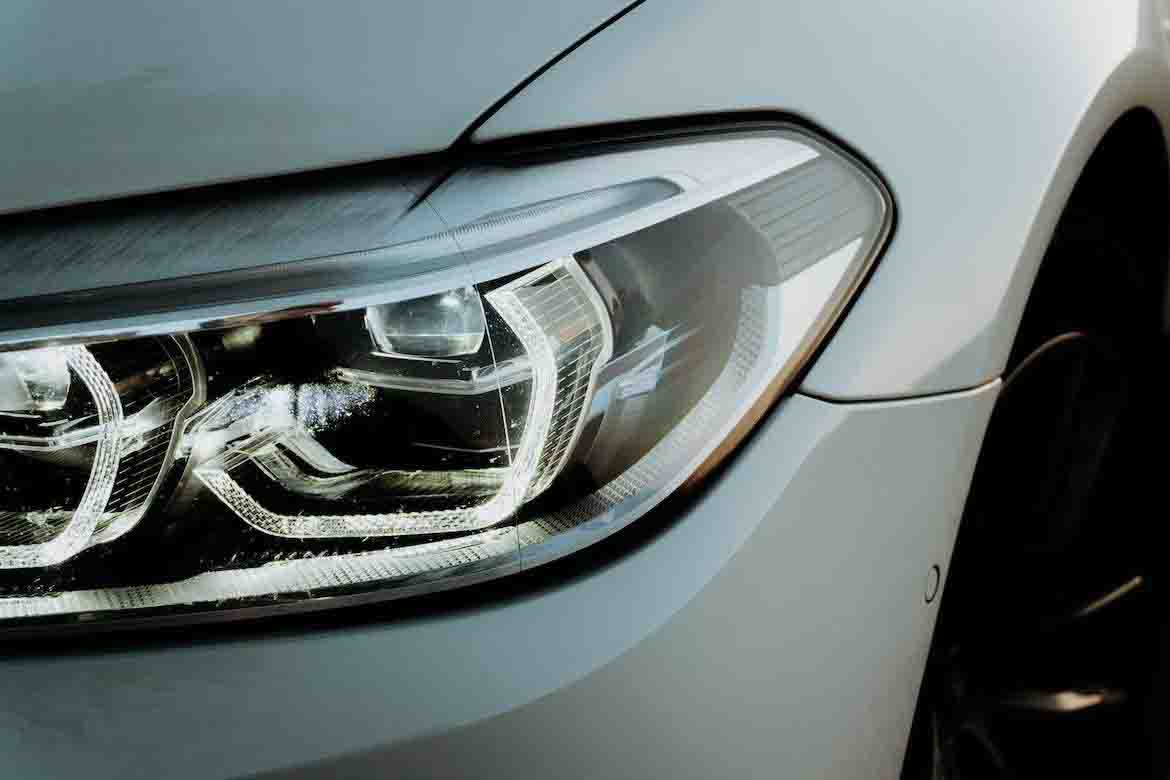
Overheating
If your LED headlights have dimmed, you may want to look at your wiring. You should also check that there are no cracks or loose bolts around the bulbs. Often, the problem can be solved by replacing the bulb connectors. However, if the old ones appear burned, melted, or have signs of corrosion inside, it's best to get a new one.
LED headlights are sensitive to heat. Excessive heat damages the electronic components inside the bulb, leading to a decreased light output and color change. In extreme cases, the internal components of the bulb may fail, leading to a total bulb failure. If you're replacing an LED, make sure you buy the same type as your old one.
If you have recently installed LEDs in your vehicle, there are two possible causes of this problem. First, your LED bulbs may be too old or poorly designed. Second, the LEDs themselves could be short-circuited. If you're not sure, call an electrician to check your bulbs.

